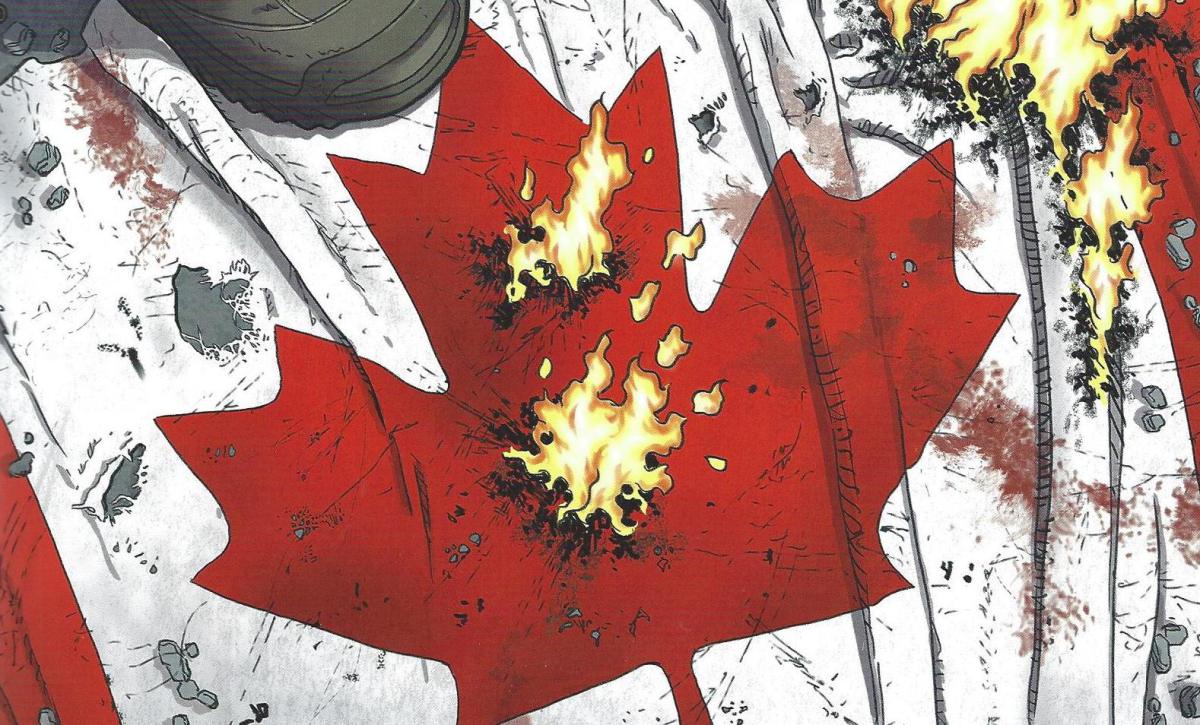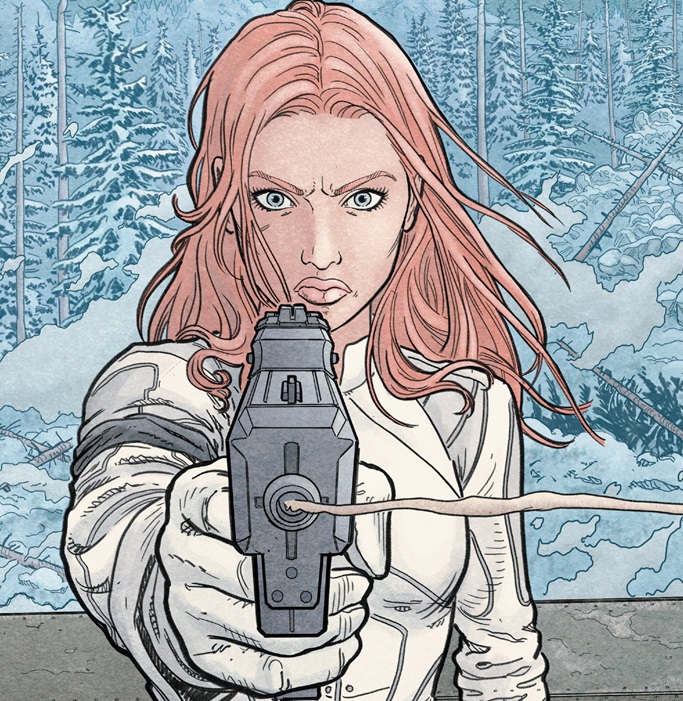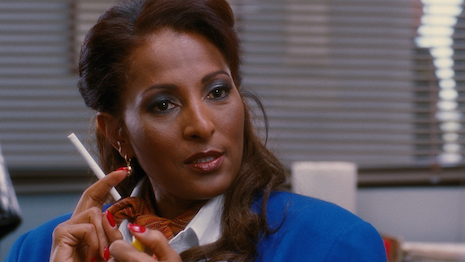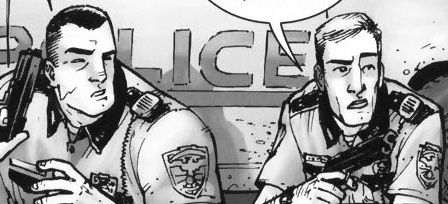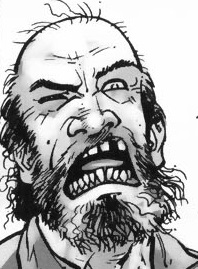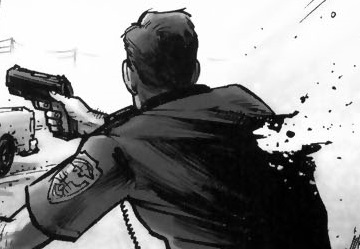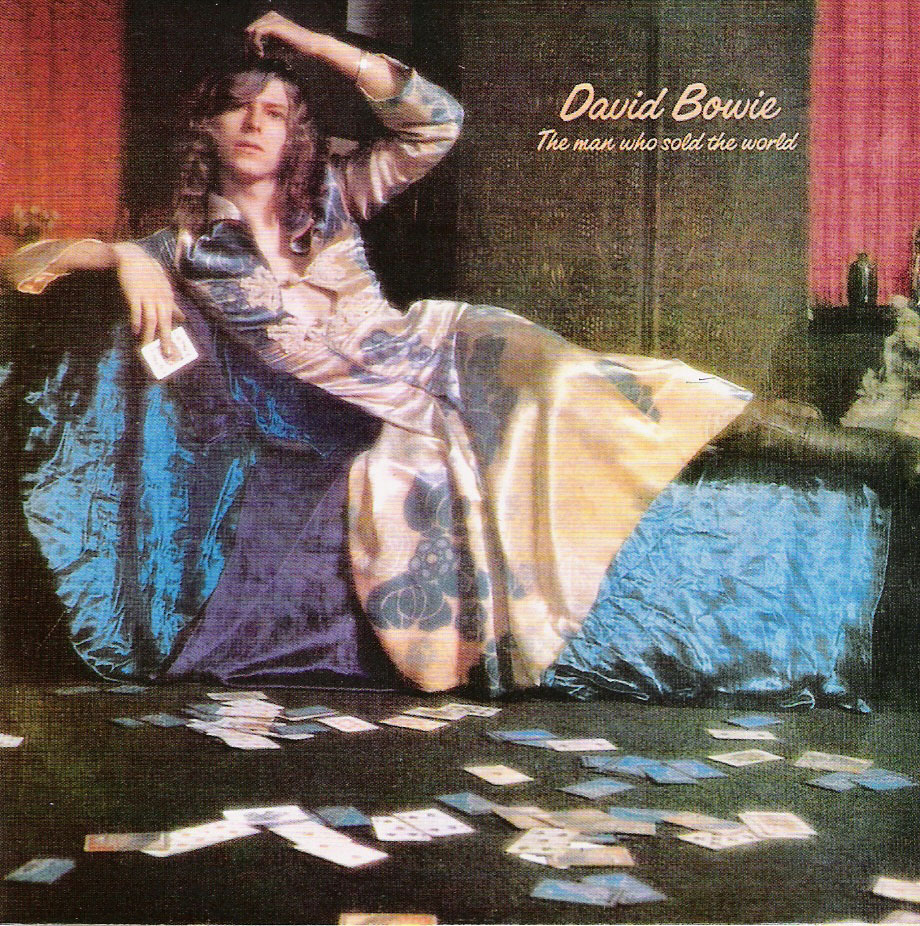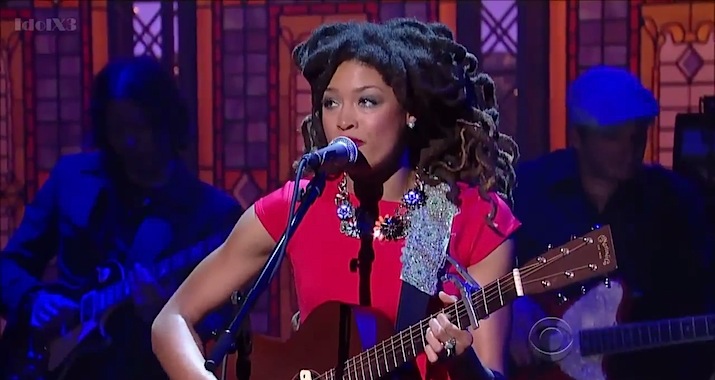A review of We Stand On Guard by Brian K. Vaughan and Steve Skroce
O Canada, we stand on guard for thee.
God keep our land glorious and free!
O Canada, we stand on guard for thee.
Apparently, We Stand On Guard is the best selling Image comic of 2015, and it’s by Brian K. Vaughan (BKV)—the one time wunderkind of comics, now settled into the title of most popular American comics writer of the 21st century.
Vaughan is fast and influential. Everyone wants to produce a BKV comic—the high concept comic script meshed to an acceptable art style; the artist’s aesthetic instincts harnessed to the singular vanilla purpose of the Vaughan except for some finessing of details. The artists are duly constrained by their schedules and perhaps the overriding understanding that BKV is the overlord. You don’t mess with a vapid script-layout that works and most importantly sells bucket loads.
One BKV comic reads like every other BKV comic. If you’ve read Y the Last Man or say, Saga, then you know what to expect from We Stand On Guard—uncluttered, peppered with generic dialogue, and bland. The now regulation BKV tic is typified by those ridiculous splash page “reveals;” the tiresome “Hey, look at me” pages which instruct readers to yawn with delight; like someone who produces an exclamation point every 5 sentences.
We Stand On Guard (like virtually all BKV product) is like an overly sweet milkshake which wants to be 50 proof whisky. Someone gets tortured for an eternity; another gets threatened with rape by father; yet another gets his guts sliced open; a whole family gets blasted to hell—and your eyes glaze over. Violence without emotion is the order of the day; the Holocaust as a footnote.
At this point, everyone knows that BKV is the master of the high concept pot boiler. Y was about the last man, Under The Dome was about a dome which prevented people from getting out, Saga is a violent comedic Star Wars-like space opera, and We Stand on Guard is about the U.S. invading Canada. Fun right? It’s all preceded by a terrorist attack on the White House which is either interpreted as a false flag operation or a pre-emptive strike by a wayward Canadian general. I mean who gives a shit about motivation, it’s called the Fog of War. The Americans proceed to bomb Ottawa starting with Parliament Hill.
The standard BKV comic tends to start with an intriguing premise, the kind of sales pitch you can sell in a boardroom. Y the Last Man has a sort of beguiling premise but then it starts to flail. Or maybe Vaughan just can’t be arsed after a while. You can just imagine him scribbling into his dream journal every night—and waking up just before the end. And the ending to We Stand On Guard is pretty terrible even by BKV standards (spoilers ahead!). The Canadian resistance poison the Great Slave Lake with arsenic thus chasing away the greedy American water sucking flying-supertankers hoping to steal its maple syrup (or maybe its mineral water or salmon?). Our beautiful, determined suicide bombing heroine wins the day by blowing up the American flagship. Cue dreamy flashback to happier times with her family.
And I guess – sequel!
The popular media likes to tells us that Muslim martyrs dream of the houri awaiting them in paradise, I guess the lily white Canucks only dream of their moms and dads. Now it’s entirely possible that BKV had his finger firmly planted in his cheek and ass during the writing of We Stand On Guard. It’s entirely possible that We Stand On Guard is one gigantic, methane rich fart like Noah’s fantasy on a theme by the sociopathic Tom Cruise in Mission Impossible. The Yanks are your regulation militaristic nihilists with conquering armies. The entire comic is a sort of Red-White-Blue Dawn (a la Red Dawn). The invasion of Canada is the natural extension of the Monroe doctrine—get those dastardly Americans angry by shining a light on their real world nefarious actions. White suicide bombers! The Quebecois resistance babbling in that irritating French! The Thermopylae-like resistance against the barbaric American hordes with their fascist attack dogs! See how you like it when other people name their comics after their national anthems! I don’t care if you vomit! I get it! I get it! I suppose it’s all very noble in purpose and who are the Canadians to complain if BKV wants to give them a nice back rub in the vein of a Michael Bay aliens attack movie.
All apologies to Bay on this last point since the action scenes in We Stand On Guard are probably more dumb and generic than those in the Transformers movies. I would like to say that Skroce’s giant mecha and flying ships are well designed but they suffer greatly when compared to the all enveloping imagination of works like Bryan Talbot’s The Adventures of Luther Arkwright. There’s certainly lots of blame to spread around. Vaughan is just churning it out at this point. And who can blame him? The shit sells and he needs to spurt it out as often as possible. He’s just constipated with the dreck, and now even the Canadians won’t stop him.

